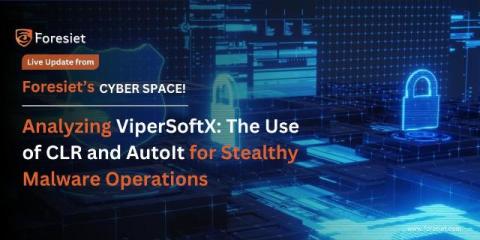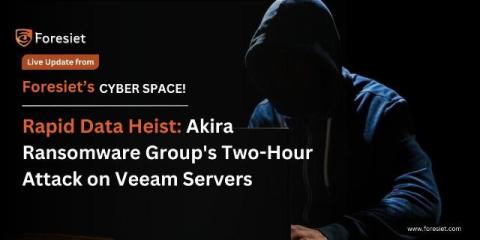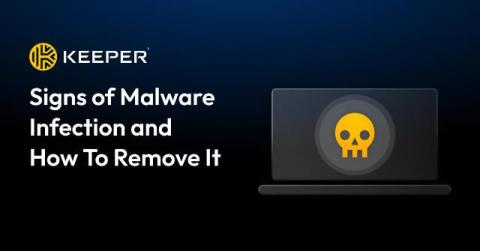Analyzing ViperSoftX: The Use of CLR and AutoIt for Stealthy Malware Operations
The ViperSoftX info-stealing malware has evolved, now utilizing the common language runtime (CLR) to covertly execute PowerShell commands within AutoIt scripts. This sophisticated approach allows ViperSoftX to bypass traditional security measures and remain undetected, posing a significant threat to cybersecurity. Leveraging CLR and AutoIt for Stealth Operations CLR, a core component of Microsoft’s.NET Framework, functions as the execution engine for.NET applications.










